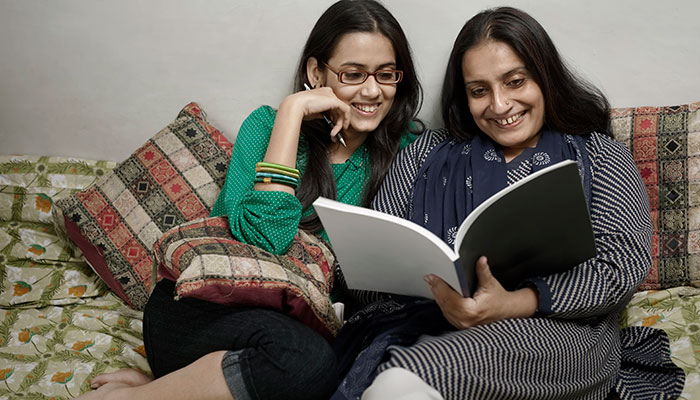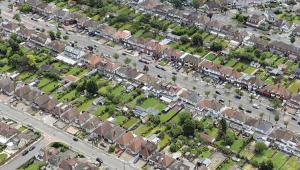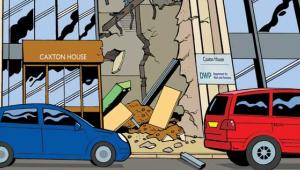
Photo: iStock
The charity today released Diverse outcomes: living standards by ethnicity, which examined the disparity between white British households and ethnic minorities. It revealed a “persistent” gap between ethnic groups although some progress has been made.
The report showed that the typical Bangladeshi household annual income is £8,900 (35%) lower than the white British median; Pakistani household income is £8,700 less (34%) and typical black African households £5,600 less (22%).
When housing costs are factored in the difference increases because 58% of white British families own their home, whereas only one in four Bangladeshi, black and other white, primarily European, families do.
This means as renters they have less disposable income. White British households on average have £9,800 (44%) more disposable income when housing costs are considered than Bangladeshi households.
The report states: “Looking to the future, while the report does not explore directly the impact of the £14bn of working-age welfare cuts currently being rolled out on income differences among ethnicities, there are causes for concern.
“Given that the impact on low to middle income families is set to be very negative, and that some minority ethnicities are disproportionately low income, young and with children, there is a danger of recent progress being undone.”
Although Bangladeshi families are at the lower end of the income scale, they have experienced the fastest growth in income in real-terms. Between 2001-03 and 2014-16, they saw incomes improve by 38% compared with the 13% of white Britons.
During this period Pakistani households also caught up somewhat, seeing income growth of 28%.
According to the foundation, employment gaps are the key to improving living standards and yield the fastest growth for some groups.
There is notable difference in the number of women from Pakistani and Bangladeshi backgrounds in work when compared with their white British counterparts. Only 37% of Pakistani and 35% of Bangladeshi women are employed compared with 72% of white British females.
However, this area has also seen progress. Employment rates rose by 18% for both Pakistani and Bangladeshi women between 2001-03 and 2015-17, narrowing the gap.
Employment for Pakistani, Bangladeshi and black men has also increased substantially, with growth of 10%, 17% and 6% respectively since 2001-03, while the rate among white men has been flat.
Another factor in household finances is the number of children raised in the home, the average number of children in Bangladeshi and Pakistani households (including those with no children at all) has fallen from 2.1 in the mid-90s to 1.3 two decades later, boosting their measured living standards, compared to a small fall from 0.5 to 0.4 children per white British household.
Adam Corlett, senior economic analyst at the Resolution Foundation, said: “Differences in living standards between ethnicities in Britain too often go ignored. This matters because income gaps between different minority ethnic groups and white British households are significant and persistent.
“However, we should be encouraged by the fact that there have been big improvements in some instances, such as the impressive employment gains seen among black, Bangladeshi and Pakistani men and women.
“Thanks to this and other factors, since the turn of the millennium Bangladeshi and Pakistani households have actually seen the fastest income growth.”




















